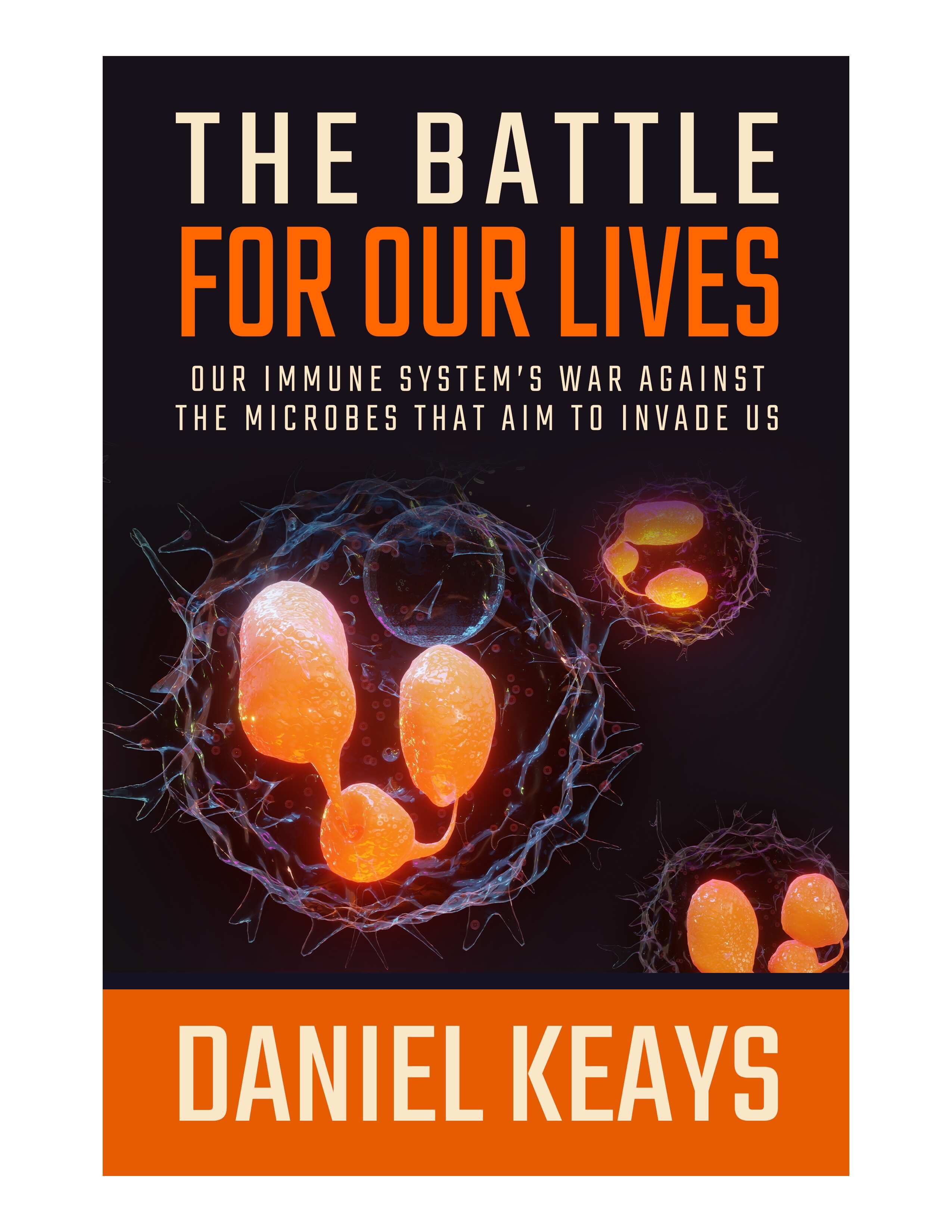Daniel Keays
Daniel Keays has bachelor's and master’s degrees in microbiology from California State University, San Diego. He worked for forty-two years as a Clinical Laboratory Scientist in the infectious disease laboratory at Scripps Health Mercy Hospital in San Diego, California. He frequently conducted infectious disease laboratory rounds for different healthcare professionals, including internal medicine residents, pathologists, pharmacists, clinical laboratory supervisors, nursing students, and hospital infection control specialists. Mr. Keays was a frequent guest speaker at various professional healthcare symposia, including laboratory, nursing, pharmacy, infection control, public health, and hospital administration. He was also the microbiology lecturer for the education of interns in the Clinical Laboratory Scientist’s program at the University of California, San Diego, and taught an online course in Clinical Microbiology for four years at National University in San Diego.
Note From the Author
Most of us attribute our medical care to those we see and converse with. Certainly, our physician receives and deserves our primary attention. We depend on our doctor’s opinions and orders for our well-being. But the art of medicine is multi-disciplinary. The person who makes our appointment, the one who checks us in, the medical assistant, the nurse, the pharmacist, the X-ray worker, the physical therapist, and many others are our team. They work together to ensure our good health.
Perhaps forgotten in this group effort for our health is the laboratory worker. Other than the odious act of drawing blood, most people rarely encounter the lab person. That’s too bad. Lab workers are an invaluable part of the healthcare system. Is your cholesterol too high? How about your blood sugar and hemoglobin A1C? Do you have anemia? Thrombocytopenia? Kidney failure? How’s your liver doing? Is your blood type A positive or B negative? Do you have a urinary tract infection?
The laboratory worker answers these and myriad other questions. Behind the scenes, the laboratorian labors rigorously to give unbiased, accurate information to those who direct our care.
I was privileged to work in a medical laboratory for over forty years, most of it in the field of infectious diseases. So many dedicated professionals, so many accurate lab results, so many lives spared! This book is about infectious diseases, the microbes that invade us, and our immune system’s ability to eliminate the infection and help us heal. But let’s not forget the laboratory workers who labor tirelessly to cure disease. Unsung heroes!


Contents
Introduction
Words to Remember
Sanitation Transformation
Florence Nightingale; Introduction of Sanitation
Louis Pasteur’s Game Changer
Pasteurization; Foundation of the Germ Theory
Nothing Small About It
Smallpox and the Beginning of Vaccination
Chemical Warfare
The History of Antibiotic Discovery
The Sad Saga of Mary Mallon
Typhoid’s Role in the Science of Epidemiology
What’s Bugging Us
General Description of Pathogenic Organisms
Little Sacs of Poison
Polymorphonuclear Neutrophils
First Responder
The Complement System
Safety Net
Macrophages and Dendritic Cells
Our Own Worst Enemy
Diseases Associated with Macrophages
The Attack of the Killer Lymphocytes
Description of Lymphocyte Activity
The Auxiliary
Acute Phase Proteins and Fever
The Big E
Escherichia coli, Shigella
GI Incursion
Salmonella and Typhoid Fever
A Most Difficult Infectious Disease
Clostridium difficile
Milk Bugs
Brucella and Listeria
Toxic Assault
Tetanus, Botulism, Diphtheria, Pertussis, Cholera
“The Scourge of Armies”
Typhus
Sucker Punch
Giardiasis
Freeloaders
Parasitic Diseases
The Kiss of Death
Trypanosomiasis
“Bad Air”
Malaria
Out of Africa
Ebola and Mosquito-borne Viruses
Reverse Assault
HIV
The World’s Greatest Unintended Consequence
Polio
Mind Control
Rabies and Toxoplasmosis
Kid’s Stuff
Measles
The Black Death
Bubonic Plague
Biological Weaponry
Anthrax
Under The Influence
Influenza
Lifelong Companion
Herpes Viruses
Pathogenic Shapeshifter
Coccidioidomycosis
Budding Trouble
Yeast Infections
Split Personality
Neisseria meningitidis
Crown of Thorns
Coronavirus
Pyogens
Streptococcus and Staphylococcus
Imperiled Infants
Respiratory Syncytial Virus, Rubella, Cronobacter
Peptic Predator
Helicobacter pylori
Consumption
Tuberculosis and Leprosy
Infection By Deception
Lyme Disease, Syphilis, Leptospirosis
Beating ‘em To The Punch
Vaccines
Hitting Them Where They Live
Antibiotics
Gut Check
Gut Microbiome
Afterword
References and further reading
The information in this blog was correct at the time of publication. The author does not assume any liability for loss or damage caused by errors or omissions.